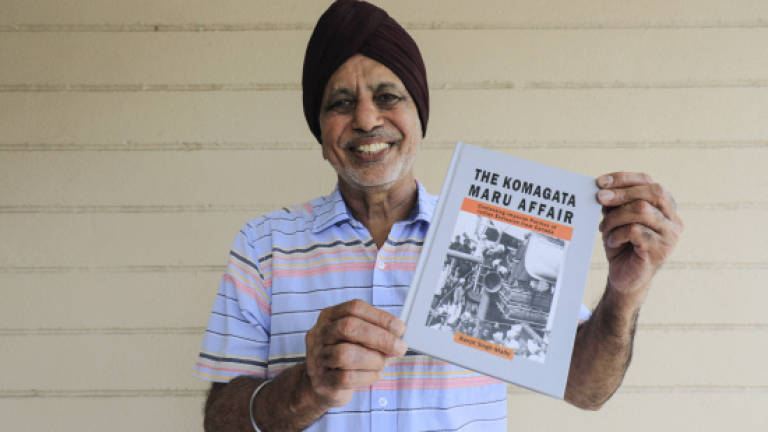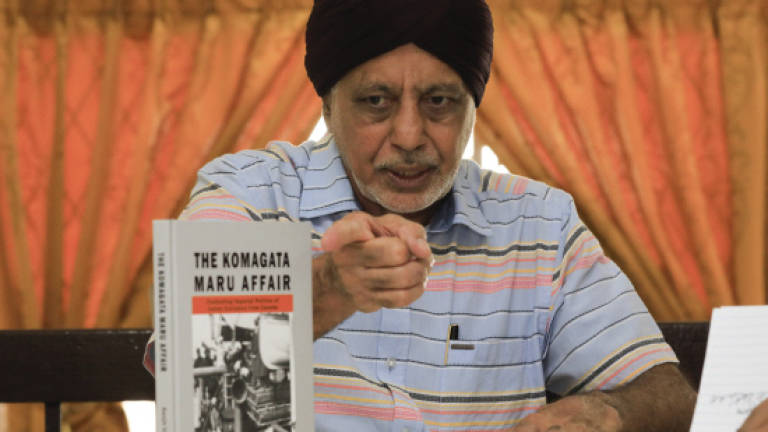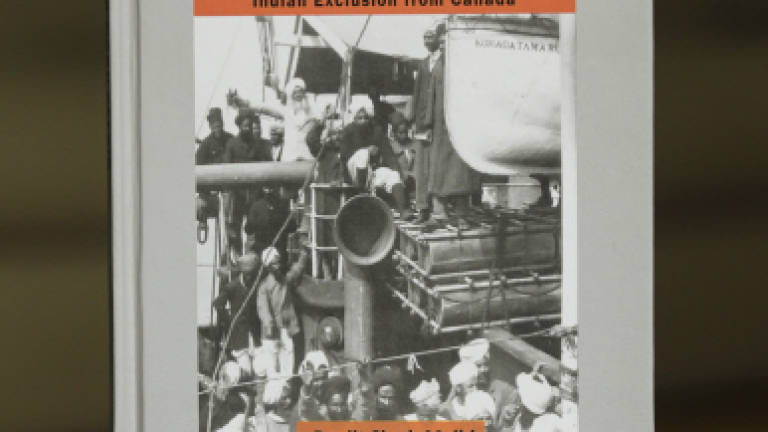A shameful affair



IN 1914, Gurdit Singh chartered the Japanese ship, Komagata Maru, in Hong Kong to take 376 Punjabi passengers to Canada.
Their intent was to work in Canada, gather some wealth and return home after a few years.
The ship left Hong Kong on April 4 and reached Vancouver, Canada, on May 23.
But the ship was never allowed to dock at the harbour.
The passengers were seen as undesirable immigrants, something the Canadian government of the day feared would taint their "white man's country".
The Komagata Maru literally became a floating detention camp, and after 62 days of stand-off, its passengers were forced at gun point to return to India on July 23.
When the ship finally docked at Budge Budge, near Kolkata, India, on Sept 29, 19 of the ship's passengers were shot to death when they ignored the directive of the British India authorities to board a special train to Punjab state.
"This event has been considered as one of the most shameful tragedies in Canadian race relations and immigration policies" says Ranjit Singh Malhi, who has detailed this historical event in his new book, The Komagata Maru Affair.
The 64-year-old prolific Malaysian historian and author adds that the vicitms, being subjects of the British Empire, strongly believed that they had the same right as any British citizen to travel and settle anywhere in the British Empire.
"Unfortunately, they were not given the same treatment because they belonged to the wrong colour and religion."
Ranjit says the incident spurred thousands of diasporic Indians from different parts of the world to return home to expel the British from India.
While Ranjit admits he is not the first to have written about this event, he says he has rectified numerous errors found in earlier narratives.
"Factual accuracy is a prerequisite of any good historical work," says the historian.
In his quest for the truth, Ranjit spent more than nine months researching on this incident from archival and library sources in Malaysia, India and Canada.
One main error he discovered concerns the origins of Gurdit. Many books had stated that Gurdit was from Singapore or Hong Kong, but Ranjit found out that Gurdit was a long-time resident of Serendah in Malaysia.
Ranjit gave readers a deeper insight into who Gurdit was in chapter four of his book, which has nine chapters in total, covering some 200 pages.
Gurdit was born into a poor peasant family in 1859 at Sarhali village, Amritsar, a district of Punjab, India.
The drought had affected the crops in his village and his father, Hukam Singh, immigrated to Malaya in the early 1870s to find a better life for his family.
Gurdit's father worked for a Chinese businessman in Taiping and later joined the Perak police force as a constable.
Back in India, Gurdit had wanted to join the British Indian Army but was rejected due to his small-sized chest.
In 1877, he immigrated to Malaya to join his father and brother Pehlu who had immigrated two years earlier.
Gurdit worked with a Chinese pork dealer in Taiping and later operated a dairy business.
In the early 1890s, he moved to Serendah, Selangor, and became a successful contractor dealing with railway and road construction. He also planted rubber.
In 1913, Gurdit went to Hong Kong to pursue a case against his former business partner who had apparently absconded with his money.
In Hong Kong, he met with some Indians who were keen to make a better life for themselves in Canada. It was then that he decided to make their dream a reality.
He chartered the Komagata Maru, a coal-transport steamship which had been converted into a cargo-cum-passenger ship with 533 bunks, for their journey.
Little did Gurdit realise that his action would create one of history's darkest hours which would be talked about for years to come.
Ranjit has deliberately adopted a simple writing style in telling the story of the Komagata Maru.
He wants the book to be enjoyed by not only academics but also anyone interested in our history and the issue of racial discrimination that still haunts our society to this day.
But Ranjit is happy to see that things have drastically changed in Canada over the years, and now the country has become more racially diverse and more culturally tolerant.
When Justin Trudeau became the prime minister in 2015, he appointed four ethnic Sikhs to his Cabinet.
And on May 18, 2016, Trudeau, on behalf of the Canadian government, issued a formal apology for the 1914 Komagata Maru incident to a standing ovation in parliament.
Meanwhile, in India, the government is currently building a large memorial to the victims of the massacre at Budge Budge. There are also reports that Bollywood plans to make a movie on this incident.
"The important lesson we can learn from this is that we should always uphold racial equality and justice," says Ranjit.
The Komagata Maru Affair will be launched officially on July 24 at the Grand Ballroom of the Royal Selangor Club in Kuala Lumpur.
The softcover book, priced at RM50, and the hardcover copy (RM80), can be purchased directly from the author at 012–3350 555 or via email to ranjit@tqm.com.my.